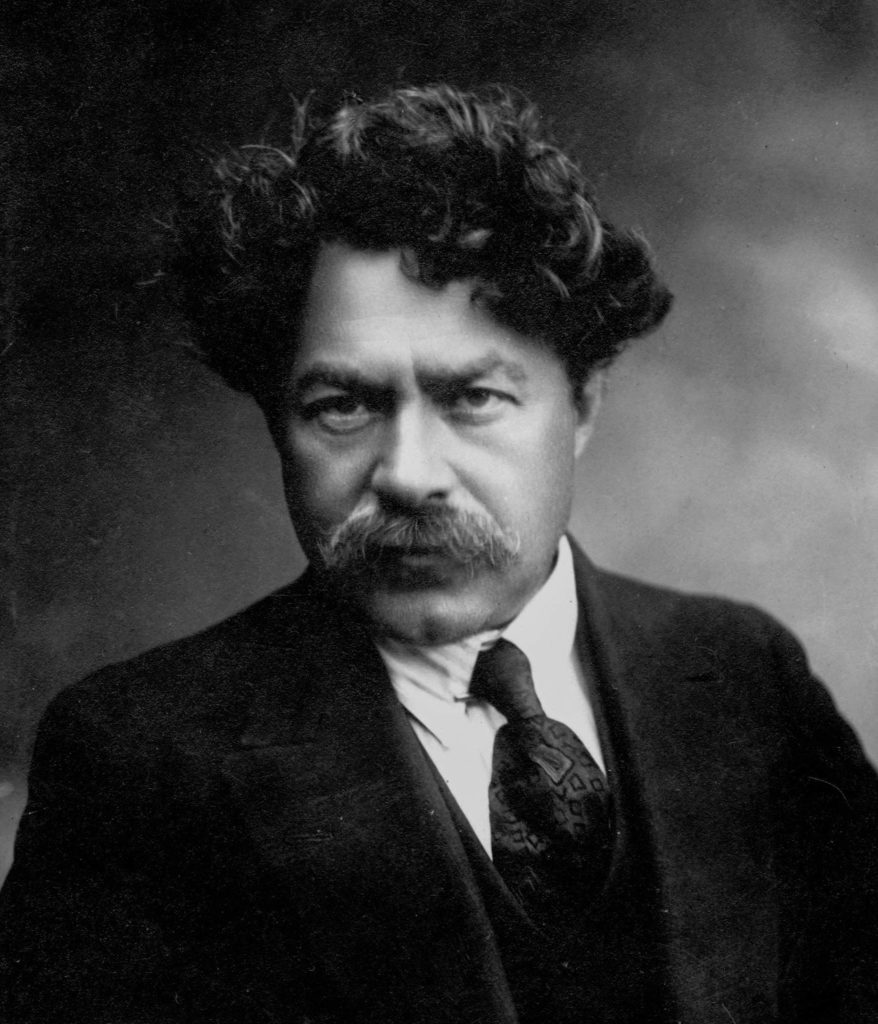Shaul Tchernichovsky, 1875–1943, poet and medical doctor.

Born in Mikhailovka, Russia, to religious parents, Shaul Tchernichovsky received nevertheless a wide-ranging education. He learned Hebrew and Russian as a child and at age fourteen was sent to Odessa to further his education. There, he studied German, French, English, Greek and Latin. By the age of 16, he had published his first poem. He failed to get into a Russian University and went to Heidelberg to study medicine. He completed his medical studies in Lausanne in 1905. After a few itinerant years, he practiced medicine in St. Petersburg. He served as an army doctor during World War I, practiced as a doctor in Odessa for several years, moved to Berlin, where he worked as chief editor for the Stybel Publishing House,1Tenenbaum, Samuel, Saul Tchernichovsky: A great Poet of the Hebrew Tradition, The Australian Jewish Chronicle, reprinted from The Jewish Tribune, February 6, 1930, p. 5. and was able to visit the United States and Palestine. During all this, he never stopped writing and publishing his poems and other literary works.
When Tchernichovsky arrived in Palestine in 1931 to edit Mazia’s unfinished The Hebrew Dictionary of Medicine and Natural Sciences, he was already a celebrated poet and translator (into Hebrew) of Homer, Sophocles, Shakespeare, Moliere, Goethe and other European classic and modern literature. An admirer of Henry Wadsworth Longfellow, Tchernichovsky had translated the American poet’s Hiawatha as well. He lived in Jerusalem for the rest of his life, writing and practicing medicine, standing both inside and outside Jewish literary traditions.
In late 1931, Tchernikovsky, along with Herman Struck and S.A. Van Vriesland, judged the competition for the cover of the Keren Kayemet’s Golden Book V. They found Ismar David’s design “the most original and impressive.”2J.N.F. Golden Book Competition: Prize for the 5th Volume Cover Deisgn, The Palestine Bulletin, November 17, 1931, p.4.

























